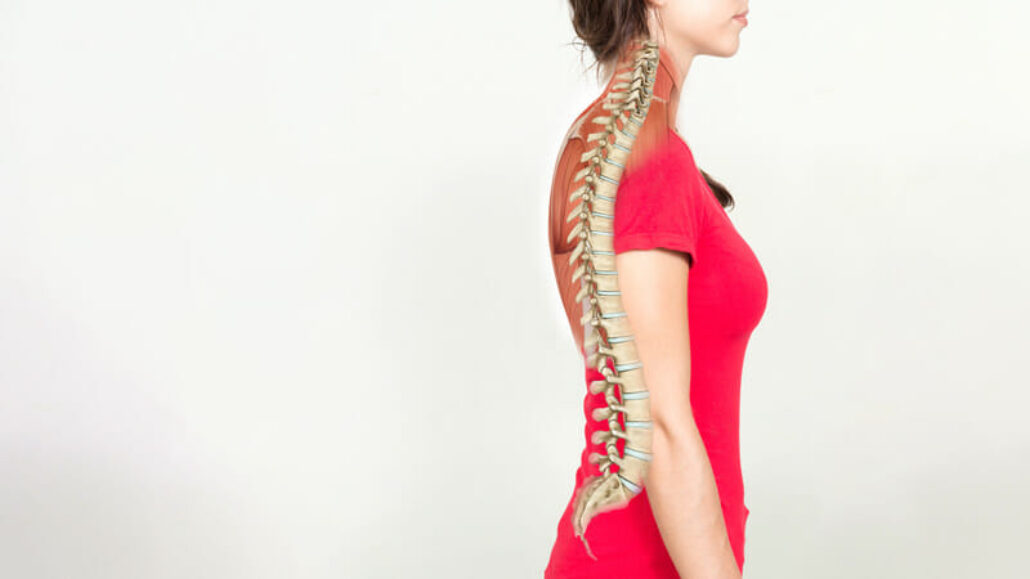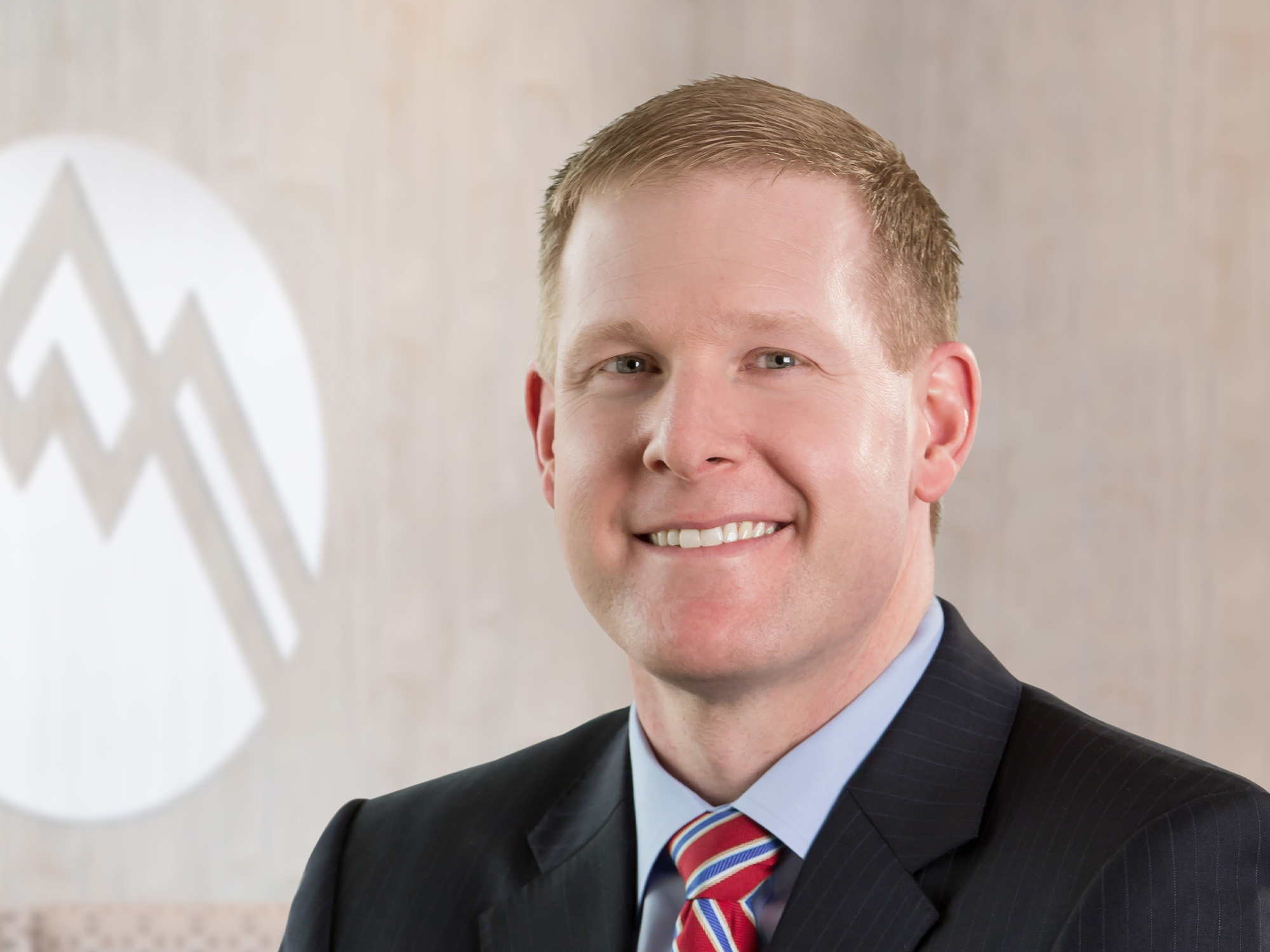Our overview of the components of the spine can help you understand some of the spine problems resulting from injury or aging.
Spine Anatomy: 101
Our spine holds up our head, shoulders, and upper body. It helps us to stand up straight, gives us the flexibility to bend and twist, and protects the spinal cord. It is divided into three segments: the c-shaped curve of the cervical spine in the neck, the reverse c-shaped curve of the thoracic spine in the chest, and the c-shaped curve of the lumbar spine in the lower back. Five unique components of spine anatomy work together to compose the spine and maintain its function.
Vertebrae
These are the bones stacked from the lumbar through the cervical spine. They vary in size, and create a canal that protects the spinal chord and supports the body. The seven smallest vertebrae are in the cervical spine that begins at the base of the skull. Twelve larger vertebrae compose the thoracic spine and connect to the rib cage. The largest five vertebrae are in the lumbar spine, where they carry more of the body’s weight.
Spinal Cord
The spinal cord extends the entire length of the spine, traveling through the central canal in the middle of each stacked vertebra. Nerves branch out from the spinal chord through openings in the vertebrae to conduct messages between the brain and muscles. At the first and second lumbar vertebrae, the spinal cord continues as nerve roots that exit the spinal canal through vertebrae openings. Some form the sciatic nerves extending down into the legs.
Muscles and Ligaments
These tissues support and stabilize the spine and upper body. The ligaments connect the vertebrae, and hold the spinal column in place.
Intervertebral Discs
These flat round cushions sit between the vertebrae. They are supplied by nerve endings, and provide flexibility and strength. Because the discs are able to expand with movement, they allow for motion, and act as shock absorbers.
Facet Joints
These small joints at the back of the vertebrae have a cartilage surface, much like a knee or hip joint does. These joints allow rotation of the spine, but may also develop arthritis, like any other joint.
Putting it all together
Understanding spine anatomy can help you better understand the structures in your body. When all of the components of the spine are healthy and working in concert, we can enjoy life with a full range of strong, flexible motion.
Summit Orthopedics offers comprehensive spine expertise
Our back specialists diagnose spine problems and design custom treatment plans built on a conservative, nonsurgical approach. Most patients find relief through treatments including guided injections, specialized physical therapy, biofeedback, exercise, activity modification, and medication. When conservative care does not relieve symptoms, our highly skilled surgeons offer proven, evidence-based surgical options. Together with you, we will determine the right course of action.
Start your journey to a healthy spine. Find your spine expert, request an appointment online, or call us at (651) 968–5201 to schedule a spine consultation.
Summit has convenient locations across the Minneapolis-St. Paul metro area, serving Minnesota and western Wisconsin. We have state-of-the-art centers for comprehensive orthopedic care in Eagan, MN, Plymouth, MN, Vadnais Heights, MN, and Woodbury, MN, as well as additional community clinics throughout the metro and southern Minnesota.
Spine related resources
- Visit our video library watch a Spine Anatomy animated video
- Check out Summit’s Spine Exercise Library
- Watch the video: Knowing When to Seek Treatment for Spine Pain
- Learn more about Summit’s Back, Neck & Spine Care Services
More resources for you
- Ask Dr. Choi: How Is a Bruised Spine Evaluated?
- Ask Dr. Wills: What Are The Risk Factors For A Pinched Nerve?

